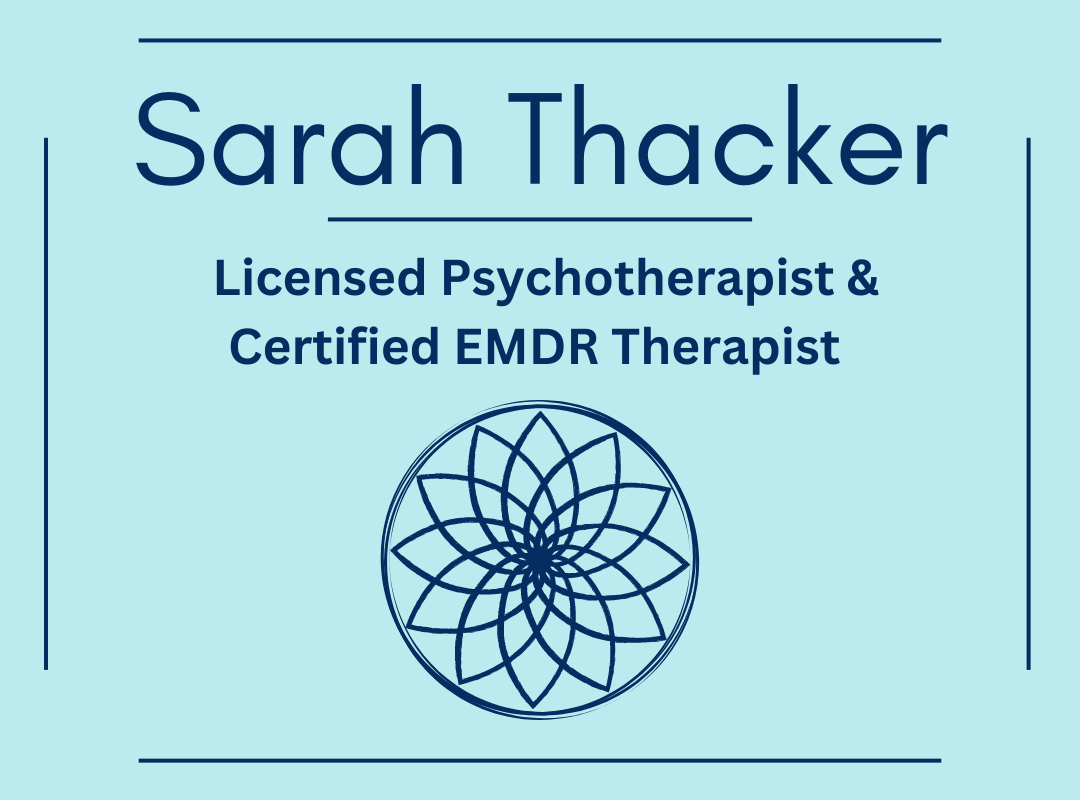When you set out to create change in your life it can be tempting to want to do a complete overhaul. However, these complete overhaul attempts are often met with an inability to sustain for the long-term. The attempts to completely overhaul your life are often too overwhelming, too time-consuming or just completely unrealistic and perpetuate an “all-or-nothing” notion to change. This is why small steps, when taken consistently, can lead to BIG-time change.
When you set out to create change, there will inevitably be some type of internal resistance. This is why it is so valuable and imperative to arm yourself with a specific goal, action steps and a PLAN to take action. When you create a plan, you set a specific and useful path to move through your resistance. Taking action consistently will help to alleviate fear, resistance and ultimately create the change you desire.
Begin by considering what it is you want (if you are not sure, you can work through these five questions here) and write it down. Now identify the specifics of what you want and why you want it (you can learn more about determining your WHY here.) What is one thing you can do to move yourself in the direction of the change you desire? If your goal is health and wellness related, such as to “get healthy,” it will be helpful to break it down. What does “get healthy” mean to you? Does this only carry the image of working out for hours and hours and eating only salad and apples? Does it look like scary, like deprivation and struggle? I can tell you, that will not work and definitely will not last.
If your desire is to “get healthy” then why? Is your overriding vision longevity, vitality and the absence of illness throughout your life. If so, what one area of health you can identify that will set your course to create that possibility? What is one goal that will support your vision? An example of a goal that encourages starting small is to eat one leafy green vegetable every day. An example of an action step that supports this goal is to identify leafy green veggies that you actually like. A second example of an action step is to purchase the veggie. A third example of an action step that supports this goal would be to find a recipe to use this green. One last example of an action step that supports this goal is to evaluate how you feel after adding in a leafy green veggie every day.
The way to remain consistent (even if you don’t feel like eating that leafy green vegetable today) is to have a plan. Your plan to ensure that you will take action could be writing down what meal you will eat the leafy green vegetable and how it will be prepared. The plan can also include preparing the leafy greens ahead of meal time so they are ready to go into the recipe. If you are tired and have to wash a bunch of veggies, or even cook them, you may not follow through. This is where your plan holds your power.
This simple, yet wonderfully healthy and powerful change of adding in one leafy green vegetable per day will begin to transform your health by adding in nutrients without having to do a complete overhaul. Once you have met this goal—you are adding in a leafy green every day without having to think about it—then you can consider the next small step you will take. Such as, do you want to incorporate more movement into your day, do you want to decrease the amount of sugar in your daily diet, do you want to add in a mindfulness practice?
Imagine if you took whatever your initial goal may have been and cut it in half, (and then maybe cut it in half again!) you began there at this more doable half of your goal and allowed it to fully integrate into your daily routine? What impact would that one small step have on your life today? What impact will it have in six months from now when you’ve been able to integrate two or three new small steps? What impact will it have on your life it you don’t integrate any change at all?
Often the message we receive from media and otherwise is that we can have it all, do it all, be it all…and yet the reality of your life, schedule and demands are not taken into consideration. When you take charge of the change you desire and move forward one small step at a time you create progress. When you make progress, it feels really good, it is rewarding in and of itself and creates a desire to move forward with another small step.
The all-or-nothing mentality is not healthy and not realistic. Begin by knowing and then breaking down what you want. Identify the areas of your life that will need to adjust and make room for this small change. Ask yourself, what would my life look like in six months if I don’t create this change, am I ok with that? Then begin with your ONE small step, break it down and make it doable to assure that it fits into the structure of your life. Create your plan of action to ensure that you move forward and make the progress you desire.
Re-evaluate your goals and action steps regularly and know that change is most sustainable when created over time with a sense of ease and balance. What is one small change you can add today? Start there and ease into health and wellness over time. If you make a decision about the one small change you can make today to create the life you want, let me know! I’d love to hear how your one small change impacts your life in a BIG way!



